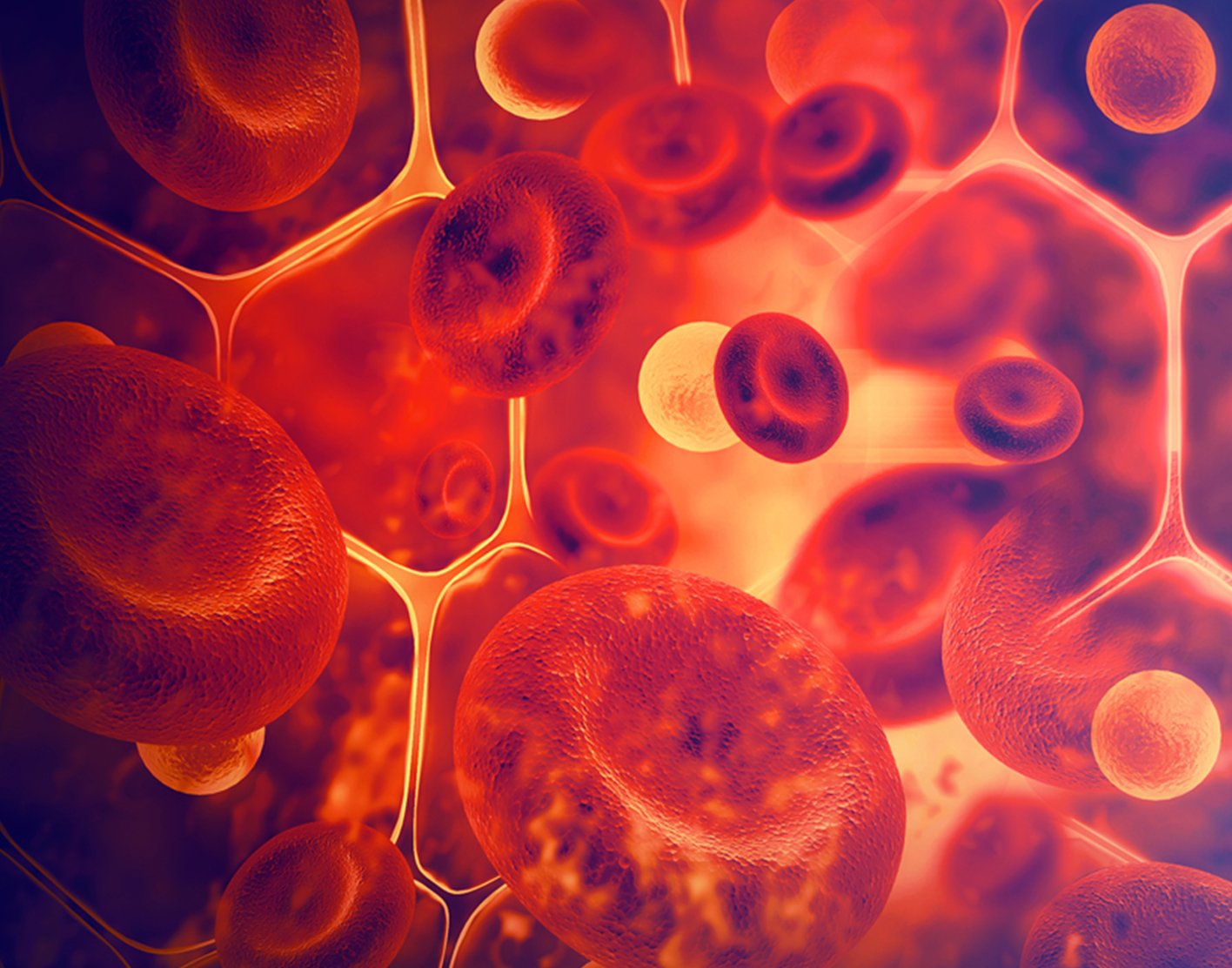
Ferritin blood test
Definition
The ferritin blood test measures the level of ferritin in the blood.
Ferritin is a protein inside your cells that stores iron. It allows your body to use the iron when it needs it. A ferritin test indirectly measures the amount of iron in your blood.
Alternative Names
Serum ferritin level; Iron deficiency anemia - ferritin
How the Test is Performed
A
How to Prepare for the Test
Your health care provider may tell you not to eat anything (to fast) for 12 hours before the test. You may also be told to have the test done in the morning.
How the Test will Feel
When the needle is inserted to draw blood, some people feel moderate pain. Others feel only a prick or stinging. Afterward, there may be some throbbing or a slight bruise. This soon goes away.
Why the Test is Performed
The amount of ferritin in the blood (serum ferritin level) is directly related to the amount of iron stored in your body. Iron is needed to make healthy red blood cells. These cells carry oxygen to body tissues.
Your provider may recommend this test if you have signs or symptoms of
Normal Results
The normal value ranges for blood ferritin are:
- Male: 30 to 400 nanograms per milliliter (ng/mL)
- Female: 13 to 150 ng/mL
The lower the ferritin level, even within the normal range, the more likely it is that the person does not have enough iron.
The number ranges above are common measurements for results of these tests. Normal value ranges may vary slightly among different laboratories. Some labs use different measurements or test different samples. Talk to your provider about the meaning of your specific results.
What Abnormal Results Mean
A higher-than-normal ferritin level may be due to:
- Liver disease due to alcohol abuse
- An autoimmune disorder, such as rheumatoid arthritis
- Frequent transfusion of red blood cells
- Too much iron in the body (
hemochromatosis )
A lower-than-normal level of ferritin occurs if you have anemia caused by low iron levels in the body. This type of anemia may be due to:
- A diet too low in iron
- Heavy bleeding from an injury
- Heavy menstrual bleeding
- Poor absorption of iron from food, medicines, or vitamins
- Bleeding in the esophagus, stomach, or intestines
Risks
There is little risk involved with having your blood taken. Veins and arteries vary in size from one person to another and from one side of the body to the other. Taking blood from some people may be more difficult than from others.
Risks of having blood drawn are slight, but may include:
- Excessive bleeding
- Multiple punctures to locate veins
- Fainting or feeling lightheaded
- Blood accumulating under the skin (hematoma)
- Infection (a slight risk any time the skin is broken)
References
Camaschella C. Disorders of iron homeostasis: iron deficiency and overload. In: Hoffman R, Benz EJ, Silberstein LE, et al, eds. Hematology: Basic Principles and Practice. 8th ed. Philadelphia, PA: Elsevier; 2023:chap 37.
DeLoughery TG. Microcytic and hypochromic anemias. In: Goldman L, Cooney KA, eds. Goldman-Cecil Medicine. 27th ed. Philadelphia, PA: Elsevier; 2024:chap 145.
Dominiczak MH. Vitamins and minerals. In: Baynes JW, Dominiczak MH, eds. Medical Biochemistry. 6th ed. Elsevier; 2023:chap 7.
Review Date: 30/01/2024
The information provided herein should not be used during any medical emergency or for the diagnosis or treatment of any medical condition. A licensed physician should be consulted for diagnosis and treatment of any and all medical conditions. Call 911 for all medical emergencies. Links to other sites are provided for information only -- they do not constitute endorsements of those other sites. Copyright ©2019 A.D.A.M., Inc., as modified by University of California San Francisco. Any duplication or distribution of the information contained herein is strictly prohibited.
Information developed by A.D.A.M., Inc. regarding tests and test results may not directly correspond with information provided by UCSF Health. Please discuss with your doctor any questions or concerns you may have.



























